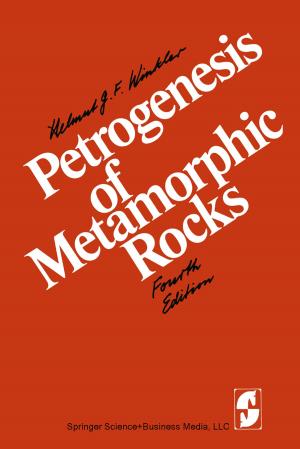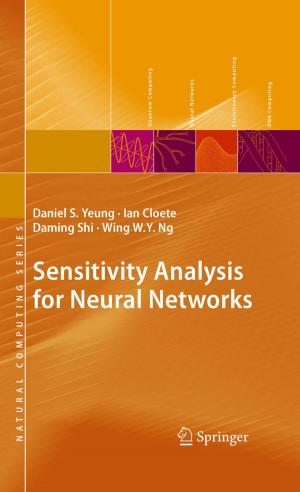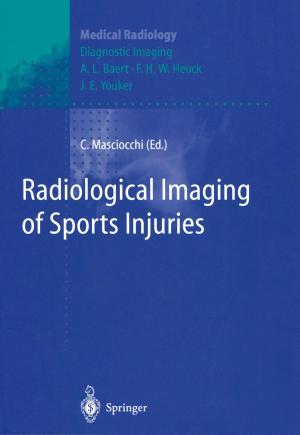| Author: | ISBN: | 9783642662041 | |
| Publisher: | Springer Berlin Heidelberg | Publication: | December 6, 2012 |
| Imprint: | Springer | Language: | English |
| Author: | |
| ISBN: | 9783642662041 |
| Publisher: | Springer Berlin Heidelberg |
| Publication: | December 6, 2012 |
| Imprint: | Springer |
| Language: | English |
The demonstration of the basic brain mechanism through studying the partially commissure-sectioned case appears to be a most prom ising enterprise. The work with animals of HAMILTON and others in elucidating psychological brain process heretofore not imagined are mere indications of what the potential seems to be. Study of the partially disconnected patient seems equally revealing and productive in showing how many high level cognitive activities are managed in the cerebral flow of information. With respect to the issue of localization of function, it would seem clear that those cerebral areas clearly involved in the im mediate processing of raw sensory information can be selectively and specifically isolated and disconnected. In other words, the informational products of the long axonal type cells of Golgi, which MARCUS JACOBSON claims are the brain cells under strict genetic control, can be isolated, whereas the products of more complex and integrative mental activities which are managed by the more mutable Golgi type II cells do not seem to be so spec ifically disposed. Thus, these data suggest the lateralized spe cialities of the various left and right brain areas can make their contribution to the cerebral activities of the opposite hemisphere through almost any callosal area regardless of its size and loca tion. Indeed, this interpretation suggests to me that the long standing issue of the extent of localization could be better un derstood by considering the dichotomy in genetic specification as offered by HIRSCH and JACOBSON (1974).
The demonstration of the basic brain mechanism through studying the partially commissure-sectioned case appears to be a most prom ising enterprise. The work with animals of HAMILTON and others in elucidating psychological brain process heretofore not imagined are mere indications of what the potential seems to be. Study of the partially disconnected patient seems equally revealing and productive in showing how many high level cognitive activities are managed in the cerebral flow of information. With respect to the issue of localization of function, it would seem clear that those cerebral areas clearly involved in the im mediate processing of raw sensory information can be selectively and specifically isolated and disconnected. In other words, the informational products of the long axonal type cells of Golgi, which MARCUS JACOBSON claims are the brain cells under strict genetic control, can be isolated, whereas the products of more complex and integrative mental activities which are managed by the more mutable Golgi type II cells do not seem to be so spec ifically disposed. Thus, these data suggest the lateralized spe cialities of the various left and right brain areas can make their contribution to the cerebral activities of the opposite hemisphere through almost any callosal area regardless of its size and loca tion. Indeed, this interpretation suggests to me that the long standing issue of the extent of localization could be better un derstood by considering the dichotomy in genetic specification as offered by HIRSCH and JACOBSON (1974).















